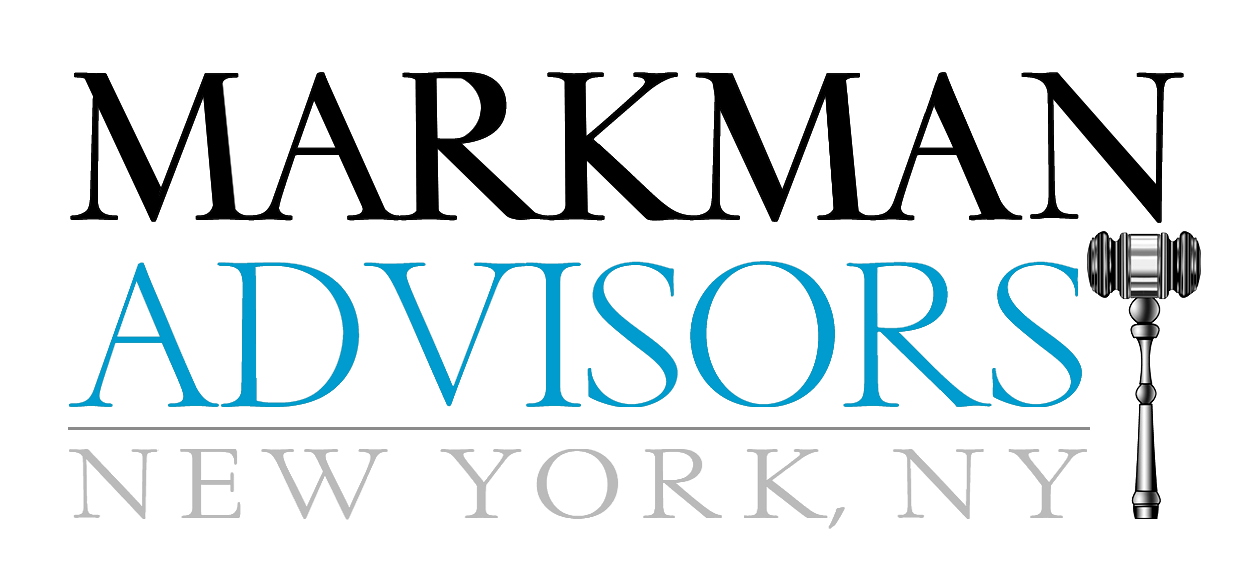Are Ohtuvayre’s patents strong enough to protect Merck’s acquisition of Verona Pharma?
Zachary Silbersher
Merck recently announced that it will be acquiring Verona Pharma. The deal is slated to potentially offset losses as Merck’s blockbuster Keytruda gives way to generic competition. Verona’s drug is Ohtuvayre, which is an inhaled treatment indicated for chronic obstructive pulmonary disease (COPD). Ohtuvayre was approved in June 2024 in the U.S., and it has received five years of NCE exclusivity. Merck has high hopes for Ohtuvayre, and some analysts have suggested the drug could reach $4 billion a year. The drug is only protected by four patents, including a polymorph patent that expires in 2031, but could receive another five years of PTE. Is that enough to protect Merck’s acquisition of Verona?
With five years of NCE exclusivity, Ohtuvayre will be free from generic competition at least until June 2029. After that, however, Merck will have to rely upon any patents protecting the drug to further stave off generic competition.
Ohtuvayre was previously protected by a composition-of-matter patent, but that patent already expired long ago, in 2020. There are currently four additional patents listed in the Orange Book covering the drug. These patents include: U.S. Patent Nos. 9,062,047, 9,956,171 10,945,950, 12,251,384.
None of these patents are method-of-use patents. Rather, the ‘047 patent is a polymorph patent. The ‘171 and ‘950 patents are both liquid formulation patents. The ‘384 patent is directed to a particulate composition comprising ensifentrine and also appears to be a formulation patent.
On their face, these patents potentially provide protection against generics for close to another twenty years. The ‘047 patent expires in 2031. The ‘171 patent and ‘950 patent both expire in 2035. And the ‘384 patent expires in 2044.
That protection, however, depends upon whether those patents will be infringed by generics, and how susceptible the patents are to invalidity challenges. For instance, whereas method-of-use patents are typically infringed because they read upon a drug’s label that generics are required to adopt. By contrast, formulation patents include ingredients in addition to the drug’s active ingredient in specified amounts, and as a result, there is room for generics to design around these patents by nevertheless claim bioequivalence.
At least one of those expiration dates for Ohtuvayre’s four patents may nevertheless be extended. Verona has already applied for Patent Term Extension (PTE) for the ‘047, ‘171 and ‘950 patents. PTE comprises up to an additional five years of patent life to account for delays during the regulatory review period at the FDA for a drug. Typically, only a single patent can receive additional patent life under PTE. If the ‘047, ‘171 and the ‘950 patents are each eligible for PTE, then Merck will in theory have to elect the patent that receives PTE.
The market appears to have initially focused on the ‘047 patent as important to extending Ohtuvayre’s monopoly life. If the ‘047 patent is the strongest among the four Orange Book-listed patents, then it is a likely candidate to receive upwards of five additional years of PTE patent life. That would mean the ‘047 patent could be used to stave off generics at least until 2036.
The ‘047 patent is a polymorph patent. The patent is directed to a certain polymorph of ensifentrine, but also requires very specific structural parameters shown by single crystal analysis or showing specified characteristic peaks with powder X-ray diffraction.
Polymorph patents historically pose unique infringement challenges that do not typically arise when proving infringement of a regular composition-of-matter patent. For instance, although the molecule within a generic drug may not read upon a polymorph patent when it is sold, the molecule may change over the lifetime of the drug’s manufacturing or shelf-life, and therefore infringe at a later time. The Federal Circuit, which the authoritative appellate court for patent cases, previously suggested that a drug that is not infringing when sold, but converts into a patented polymorph in the patient’s stomach, may be infringing. See Zenith Laboratories, Inc. v. Bristol-Myers Squibb Co., 19 F.3d 1418 (Fed. Cir. 1994).
Polymorphs may also present unique invalidity issues. The Federal Circuit recently held that polymorph patents may also be invalidated where the prior art demonstrates that the claimed polymorph could be synthesized through routine experimentation. Proving that can be a very fact-intensive exercise.
In a recent case involving the drug Caboymetyx®, the brand distributor, Exelixis, asserted a polymorph patent against MSN. At trial, MSN claimed to have designed around Exelixis’ polymorph patent. Exelixis conceded that MSN’s molecule did not satisfy the precise measurement conditions required by its polymorph patent. Yet, Exelixis alternatively argued that MSN’s molecule would convert into an infringing polymorph during its lifecycle. To prove this, Exelixis subjected the molecule to “accelerated conditions” that when tested, allegedly proved infringement. The court, however, rejected Exelixis’s purported “accelerated conditions” as not representative of the drug’s manufacturing or storage conditions. As a result, Exelixis could not prove infringement of its polymorph patent. See Exelixis, Inc. v. MSN Laboratories Private Ltd., Case No. 19-2017 (D. Del.) (ECF No. 327) (Jan. 19, 2023).
The takeaway from all of this is that it can be very difficult, standing here today, to determine with any reasonable certainty if generic formulations for Ohtuvayre will necessarily infringe Merck’s 047 patent polymorph patent. If anything, it is definitely not the level of certainty that investors could have if Ohtuvayre was still protected by a non-polymorph composition-of-matter patent for a small-molecule drug.
At the same time, Merck may list additional patents in the Orange Book for Ohtuvayre. The ‘950 patent has a pending continuation. There may be other pending patent applications that could potentially cover Ohtuvayre. Generally, however, patents pursued now, after FDA approval and after commercial launch of the drug, are unlikely to be incredibly strong from both an infringement and invalidity perspective, and most likely do not actually represent any fundamental R&D that went into the drug.
